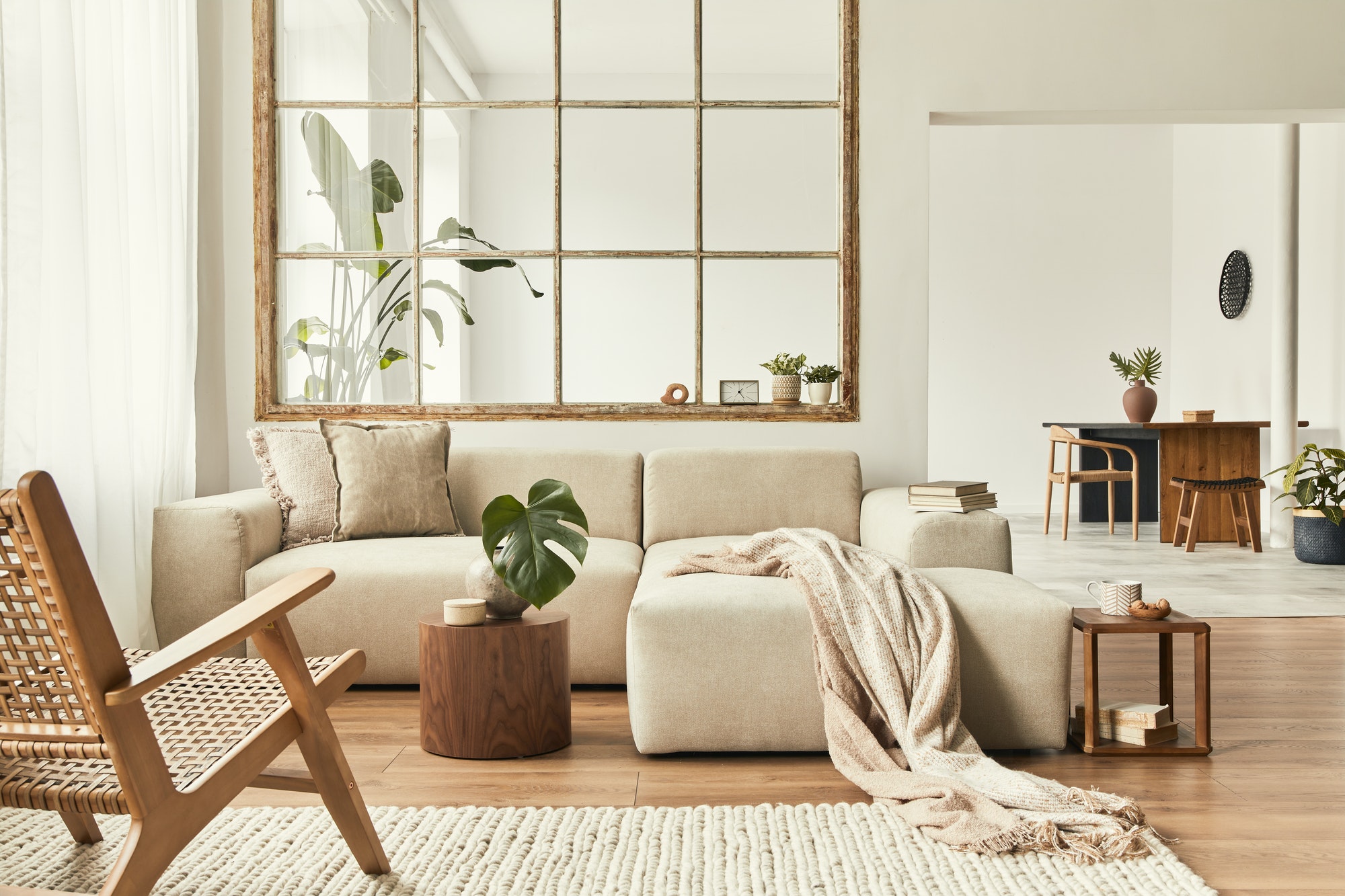The excitement of finding a potential dream home in Toronto can be overwhelming during the initial visit. But before you finalize your decision, a second visit is a crucial step that allows you to delve deeper and ensure that the property aligns with your expectations and requirements. In this blog post, we’ll explore what buyers should be looking for during their second visit to make a more informed and confident decision.

1. Inspecting the Neighborhood:
The neighborhood plays a pivotal role in your overall living experience. Take the time during your second visit to explore the area further. Check out the local amenities, schools, parks, and the general atmosphere. Pay attention to noise levels, traffic patterns, and the overall vibe of the community to ensure it aligns with your lifestyle and preferences… and, if you happen to see a neighbour – ask them about life in the area.
2. Assessing Natural Light and Ventilation:
The first visit may not have given you a complete picture of the property at different times of the day. During your second visit, pay attention to the natural light and ventilation in each room. Open blinds and curtains to let in natural light, and assess how well the windows are positioned for cross-ventilation. Adequate natural light not only enhances the living experience but also impacts energy efficiency.
3. Checking for Any Signs of Wear and Tear:
While the initial impression may be positive, a second visit is an opportunity to scrutinize the property for any signs of wear and tear. Look for cracks, water stains, or any other visible damages. Check the condition of the roof, siding, and foundation. This detailed inspection can uncover potential issues that may not have been immediately noticeable during the first visit.
4. Testing Appliances and Systems:
Give the appliances and systems in the home a thorough test. Turn on faucets, flush toilets, check the heating and cooling systems, and ensure all appliances are in working order. This step is crucial to identify any hidden issues that may not have been apparent during the first visit. B

5. Evaluating Storage Space:
Consider your storage needs and evaluate the available storage space in the home. Check closets, cabinets, and other storage areas to ensure they meet your requirements. This will help you avoid surprises after moving in and trying to find suitable places for all your belongings.
6. Assessing the Outdoor Spaces:
If the property has outdoor spaces such as a backyard, balcony, or patio, pay close attention to their condition. Check for potential maintenance issues, assess the privacy of the outdoor areas, and visualize how you could use these spaces to enhance your lifestyle.
7. Verifying Home Systems Documentation:
Ask for and review any available documentation for home systems, such as the HVAC, plumbing, and electrical systems. Understanding the age, maintenance history, and potential lifespan of these systems can provide valuable insights into future maintenance costs.
8. Consider Future Expansion:
If you’re planning on expanding or renovating the property in the future, assess the feasibility during your second visit. Check local zoning laws and restrictions to ensure your potential improvements align with your long-term vision for the home.
Conclusion:
The second visit to a potential home is a critical step in the home-buying process. It allows you to move beyond the initial excitement and thoroughly evaluate the property. By paying attention to details like neighborhood dynamics, natural light, wear and tear, functionality of appliances, storage space, and potential for future expansion, you’ll be better equipped to make an informed decision that aligns with your vision of the perfect home. Take your time, ask questions, and ensure that your dream home is not just a fantasy but a sound investment in your future.







